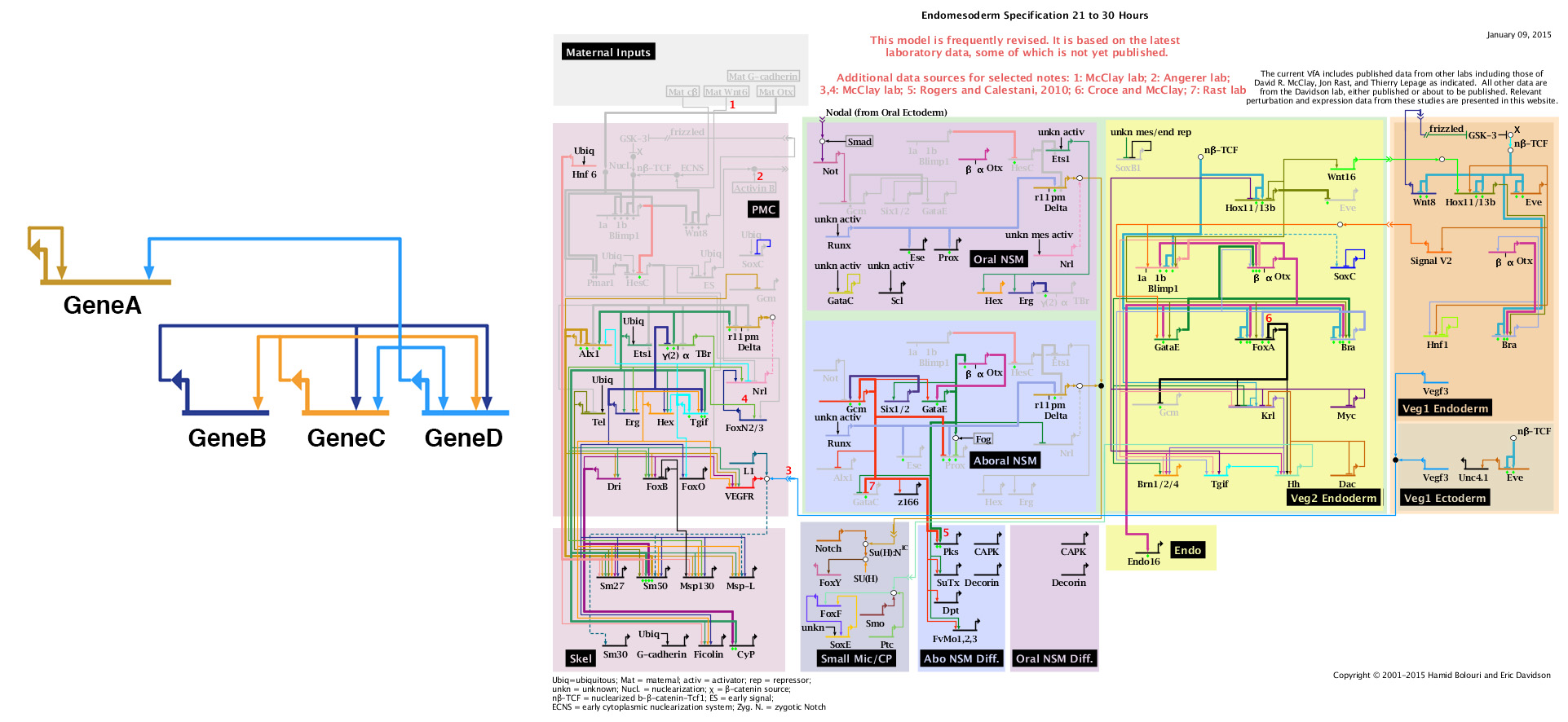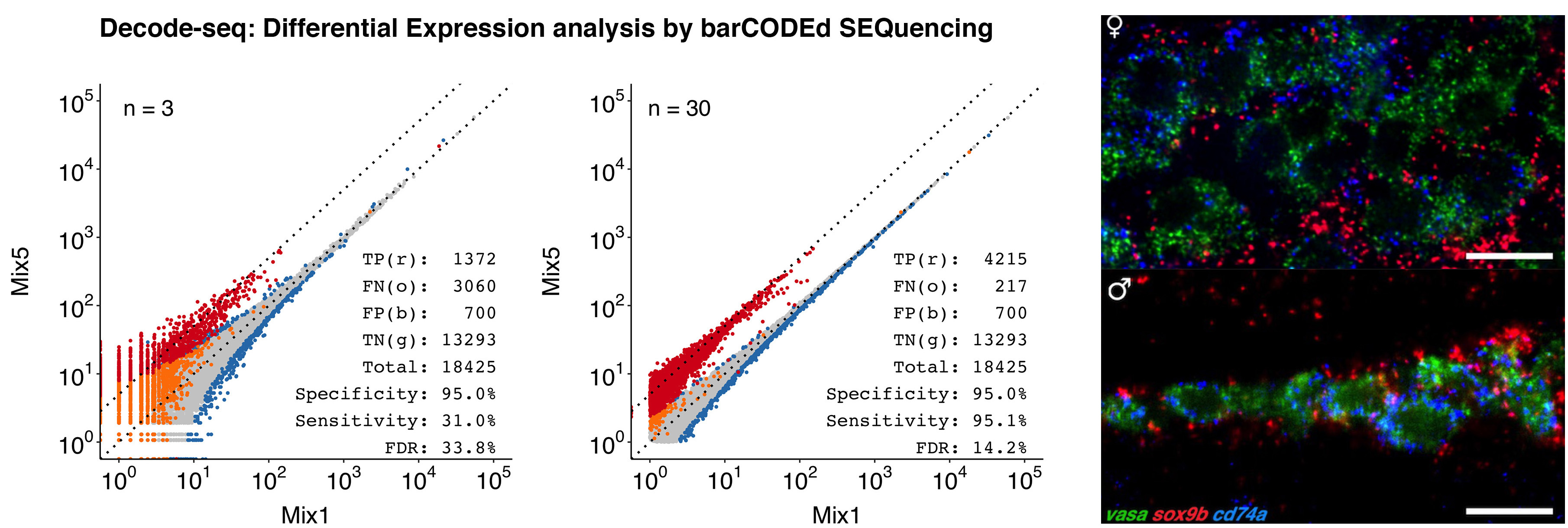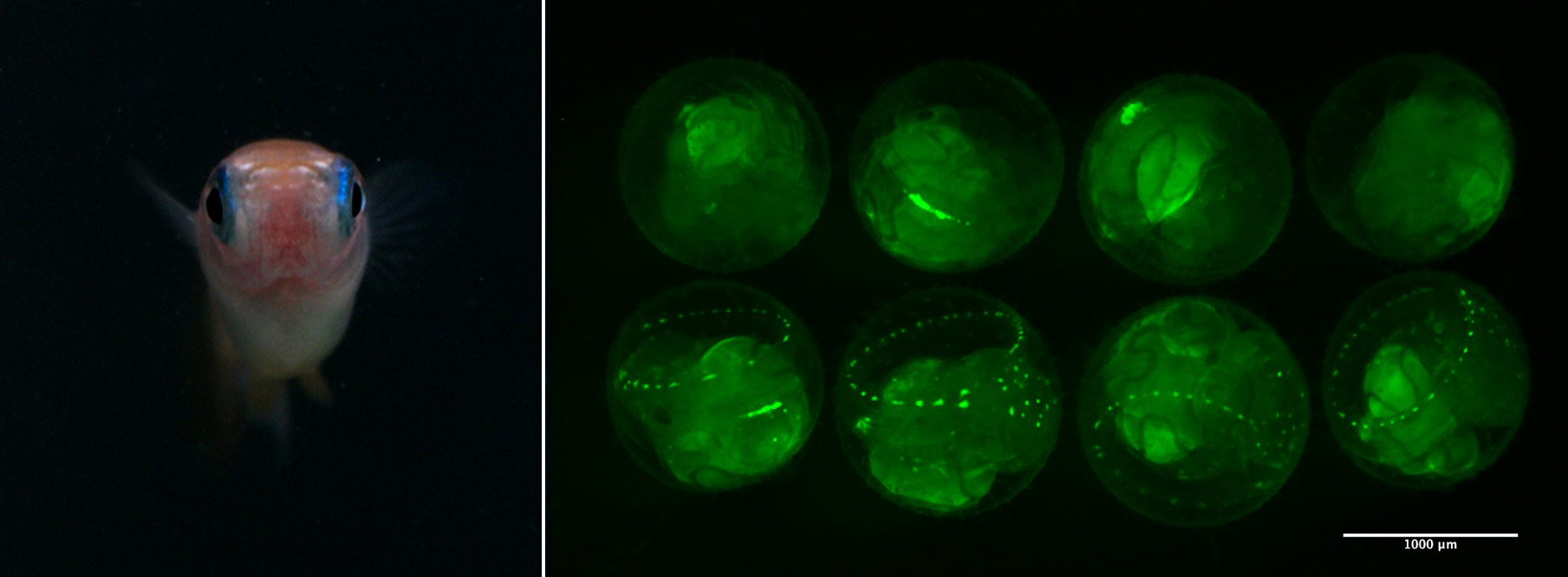Keywords
Systems biology, Developmental biology, Gene regulatory network
Zebrafish, Medaka fish
Research interest
Our research interest is in developmental systems biology. We seek to understand the big picture of how all the components interact in complex developmental biology systems. More specifically, our research has focused on the study of gene regulatory networks (GRNs) that underlie development, regeneration, and diseases. Why do we study GRNs? Because a single gene cannot dictate a biological process, no matter how important it is. A regulatory mechanism is not just about one gene; it is about all genes; It is not just about genes, it is about causal linkages. Dissecting GRNs is one of the fundamental challenges of systems biology.

We employ a strategy that integrates both experimental and computational approaches, including genomics, epigenomics, single-cell technologies, gene perturbation, and bioinformatics. We identify the relevant genes, profile their activities, perturb their functions, quantitatively measure the causal changes, and integrate all the information into knowledge. We also develop novel tools essential for our research. Currently, we are trying to elucidate the regulatory programs governing sex determination, differentiation, and germ cell development.

The model organisms used in the lab are zebrafish and medaka. The zebrafish (Danio rerio) is one of the most popular model organism in life science. This tiny tropical fish is widely used in many research fields because of its easy maintenance, breeding, and transparent body during early development. Medaka (Oryzias latipes) is also a small freshwater fish and is native to East Asia. We have found wild medaka in the Olympic Forest Park near the lab. Compared to zebrafish, medaka has many unique characteristics, both genetic and physiological. Medaka lives in small rivers, creeks and rice paddies, and can stand a wide range of temperatures (4 - 40℃) and salinities. Additionally, medaka has clearly defined sex chromosomes, and its sex determination mechanism has been intensively studied over the years. It has become an important vertebrate model widely used in genetics, developmental biology, endocrinology, biomedical science, and environmental sciences. For more fun details about using medaka as the model system, please read the interview "Model organisms on roads less traveled" by Nature Methods, and the essay "Models and career-makers" written by the journalist Vivien Marx.
